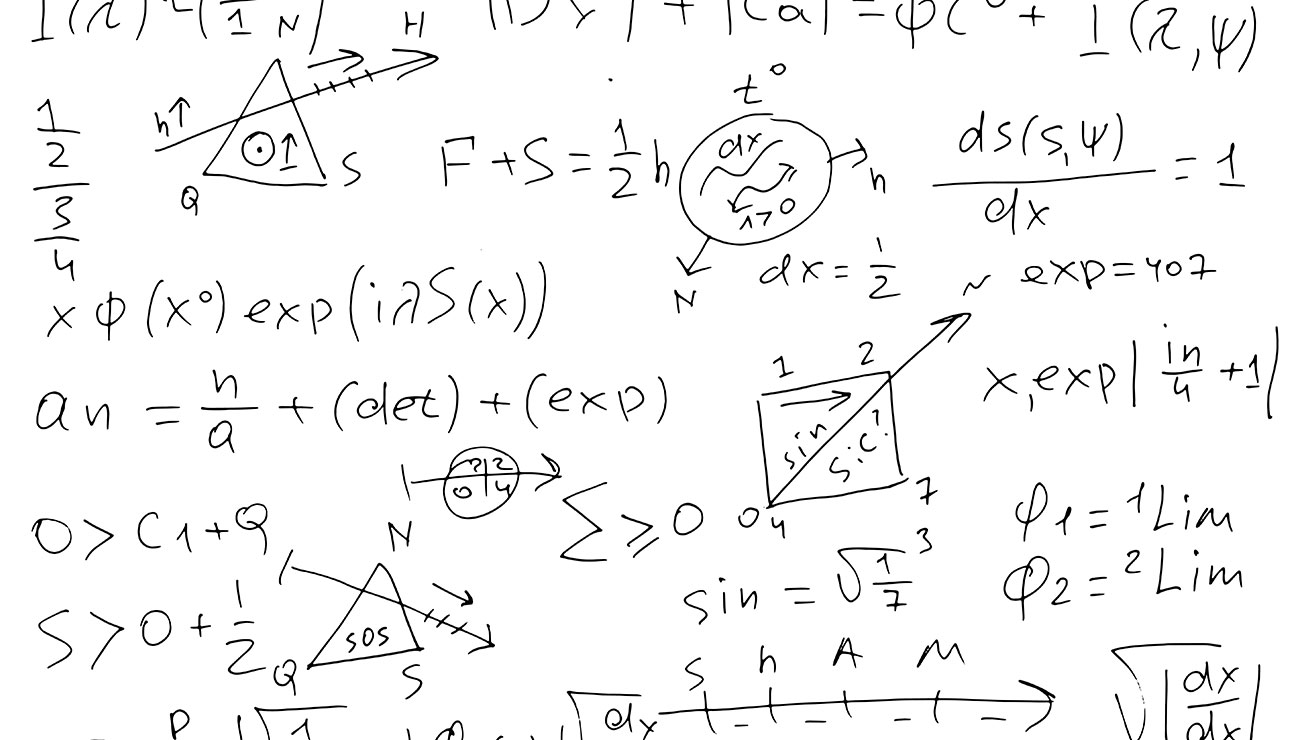The Real Fake News: Top Scientific Retractions of 2018

The stakes can run high in the world of science when the motto is "publish or perish." Unfortunately for many scientists this past year, the urge to publish studies — with falsified data, fake authorship, plagiarized text or other elements of deception — has led to a situation of "publish and perish"… for those who have been caught.
Scientific papers with deliberately falsified information are either corrected or retracted, depending on the severity of the misinformation. On a positive note, the rate of increase in scientific retractions has slowed after a decade-long climb, according to a Science magazine analysis of data compiled by the nonprofit organization Retraction Watch, which monitors retractions and investigations of scientific misconduct.
Unfortunately, however, some falsified papers — particularly the ones too good to be true — influence the field for years before the errors are detected, making them a waste of time and money and, quite possibly, a risk to human life. [27 Oddest Medical Cases]
There were many retractions to choose for our countdown this year, based on the list compiled by Retraction Watch and national news stories. Runners-up included a paper that reported how radio waves from cellphone towers can cause phantom pain in amputated limbs, but this may have relied on phantom data ("Anthropogenic radio-frequency electromagnetic fields elicit neuropathic pain in an amputation model" in PLOS ONE). Also, there was an ethics article retracted for… wait for it… ethics violations, including "substantial unreferenced overlap," i.e., plagiarism ("Bioethics and Medical Education" in the Scottish Medical Journal). Below are a list of notable retractions in 2018.
5. How do you spell asparagus: g-i-n-g-e-r
Ah, the versatile asparagus. Did you know "[i]t is not only used to add food palatability, but it is also widely used in medicines, bakery products, wine and meat products"? This is according to a paper published this year in the journal Food Science & Nutrition.
That sounds a lot like ginger, which is "not only used to add food palatability but it is also widely used in ayurvedic medicines, bakery products, wine and meat products." That's according to a different paper published in 2015 in the Journal of Mechanical Engineering and Sciences.
Get the world’s most fascinating discoveries delivered straight to your inbox.
But before you substitute asparagus for ginger in your recipes, note that the authors of that 2018 paper, led by Fahim Ullah, appear to have merely substituted the word "asparagus" for "ginger" in their research. From the title and abstract, through the introduction and the six-point conclusion, the authors of the asparagus paper supplanted asparagus spears wherever ginger once grew.
Take this sentence, "About half of the total production of ginger is being consumed as green ginger whereas the remaining 30 percent is converted into dry ginger for medicinal purposes and 20 percent is used as seed material." Now compare it with this sentence, "About half of the total production of Asparagus is being consumed as white and red Asparagus, whereas the remaining 30 percent is converted into dry Asparagus for medicinal purposes, and 20 percent is used as seed material."
Even measurements, based on solar activity in separate countries and years — 2014 India versus 2016 China — were identical to the second decimal point. The authors of the ginger paper, S. K. Sansaniwal and M. Kumar, discovered that their paper was plagiarized and called for a swift retraction.
According to Retraction Watch, this isn't the first retraction for Fahim Ullah. His 2018 paper in the journal Desalination, "Performance analysis of solar water distillation cum drying unit," plagiarized a 2016 paper, "Experimental investigation of a solar water distillation-cum-drying unit."
4. Blood, sweat and presumably tears
If science were a contact sport, shedding some blood just might show your true grit. Maria Cristina Miron Elqutub, a research assistant at University of Texas MD Anderson Cancer Center, may have taken this notion too far, though.
In May 2018, the U.S. Office of Research Integrity (ORI) ruled that Elqutub committed research misconduct by using her own blood in an experiment and labeling it as 98 distinct patient samples. The impropriety has resulted in one retraction so far — a high-profile 2015 paper in the journal Cancer titled "Genome-wide association study identifies common genetic variants associated with salivary gland carcinoma and its subtypes," as reported by Retraction Watch — and perhaps more are to come.
ORI reported that Elqutub admitted to the misconduct and agreed to have her research reviewed by the ORI for the next three years. But she no longer seems to be in the research business. According to the Houston Chronicle, Elqutub is now working as a middle school nurse. Children there may be thrilled to learn of her apparent reluctance to collect blood samples.
3. Gut feeling comes too late
Editors of the journal PLOS ONE should have gone with their gut instinct, but instead, they published a paper in June 2017 that had to be retracted by March 2018 over the objections of the authors, Retraction Watch reported. The issue was not scientific misconduct or fraud but rather the fact that, in hindsight, the editors deemed this to be a rather crappy study.
The paper was titled "Microbiome restoration diet improves digestion, cognition and physical and emotional wellbeing," by Kate Lawrence and Jeannette Hyde. Lawrence is a Ph.D.-level psychology professor at St. Mary's University in London; Hyde is a B.A.-level nutritionist and author of the book, "The Gut Makeover: 4 Weeks to Nourish Your Gut, Revolutionise Your Health and Lose Weight."
The study supports the book, as you might have guessed. And while there's nothing inherently wrong with that, PLOS ONE has determined that the study lacks credibility. The sins include poor study design; lack of a control group; non-reporting of confounding variables; not enough data reported to enable reproducibility; no power calculation to demonstrate that the sample size was adequate to assess the anticipated effects; and no support of the key concept of "microbiome restoration" because the authors did not assess the microbiome composition in the patient population.
It was as if the study was conducted by the author of a popular health book and a psychology professor. Oh, wait, it was. But authors did nothing wrong other than to conduct a less-than-perfect study. The PLOS ONE retraction really highlights a failure in the PLOS ONE peer-review process.
2. Mindless eating, mindless papers. Never mind.
The 2010 book "Mindless Eating: Why We Eat More Than We Think" by (former) Cornell University psychologist Brian Wansink was a national best-seller, celebrated in O Magazine, The New York Times and other popular media.
The premise of the book and the university-based research said to support it is that so many aspects of American culture encourage us to eat more than we need to — such as larger portions on larger plates, ubiquitous food advertisement, or the placement of candy in the supermarket checkout lane. This sounds logical enough. But the studies supporting mindless eating may be based on mindfully fraudulent data, according to Cornell University, which investigated accusations of scientific misconduct concerning Wansink's body of work.
According to a statement issued by Cornell in September, "Professor Wansink committed academic misconduct in his research and scholarship, including misreporting of research data, problematic statistical techniques, failure to properly document and preserve research results, and inappropriate authorship." Wansink, who resigned from Cornell, denies intentional misreporting.
Wansink brought on his own demise with a blog post in 2016 that boasted about how he asked a graduate student to salvage the null results of one study (that is, the data didn't support the hypothesis) by using them in another study. The blog raised concerns among many scientists about the integrity of Wansink's research. When others dug into Wansink's past publications, they found serious problems in his methodology and statistical analysis that went back for years.
As of December 2018, Wansink has had 18 of his papers and letters retracted and 15 more corrected, according to the Retraction Watch database. His latest snub has come from the editors of "The Joy of Cooking." Yes, the classic cookbook. Wansink claimed in a 2009 paper that the cookbook has enlarged portion sizes over the years and increased the average calorie count by 44 percent. The editors, catching wind of Wansink's fall from grace this past year, investigated that study and found that it, too, lacked statistical rigor and was flat-out wrong. As such, "The Joy of Cooking Too Much: 70 Years of Calorie Increases in Classic Recipes" in the journal Annals of Internal Medicine was retracted on Dec. 4, 2018, along with another Wansink paper in the same journal.
1. Breakthrough heart research nothing but heartburn for Harvard
Scientists once praised Dr. Piero Anversa, formerly of Harvard University, for single-handedly inventing the field of cardiac stem cells. Such stem cells were not known to exist in the heart. Anversa's lab found them more than a decade ago, isolated them and devised ways to inject them into people with advanced heart disease to essentially regenerate heart tissue.
Millions of federal dollars poured into this research direction, yet no therapeutic gains have been made. Now, scientists are wondering how much of this field Anversa really did "invent." An internal investigation at Harvard Medical School has found that Anversa and his colleagues falsified data in at least 31 publications, although Anversa maintains his innocence.
All this started with high hopes in 2001 when Anversa's lab published a dogma-defying paper in The New England Journal of Medicine that stated that the heart, like the liver, could regenerate. It was the paper that launched a thousand research projects, including clinical trials that injected patients with these heart stem cells. Unbeknown to independent teams of clinical researchers, however, these clinical trials might have been nothing more than placebo studies if the stem cells they were injecting were not truly stem cells.
Harvard announced the results of its multi-year investigation in October and sent notices about misconduct to the journals in which Anversa and his colleagues published. As of December, there have been 13 retractions: three in the journal Circulation, and 10 in Circulation Research. Many more retractions are expected, as other journals have marked Anversa's papers with a "expression of concern," indicating that the papers are being scrutinized for misconduct.
Meanwhile, Harvard's teaching hospital, Brigham and Women's, has agreed to pay $10 million to the federal government to settle allegations that the organization fraudulently obtained funding. The 80-year-old Anversa left the university in 2015.
Follow Christopher Wanjek @wanjek for daily tweets on health and science with a humorous edge. Wanjek is the author of "Food at Work" and "Bad Medicine." His column, Bad Medicine, appears regularly on Live Science.

Christopher Wanjek is a Live Science contributor and a health and science writer. He is the author of three science books: Spacefarers (2020), Food at Work (2005) and Bad Medicine (2003). His "Food at Work" book and project, concerning workers' health, safety and productivity, was commissioned by the U.N.'s International Labor Organization. For Live Science, Christopher covers public health, nutrition and biology, and he has written extensively for The Washington Post and Sky & Telescope among others, as well as for the NASA Goddard Space Flight Center, where he was a senior writer. Christopher holds a Master of Health degree from Harvard School of Public Health and a degree in journalism from Temple University.


